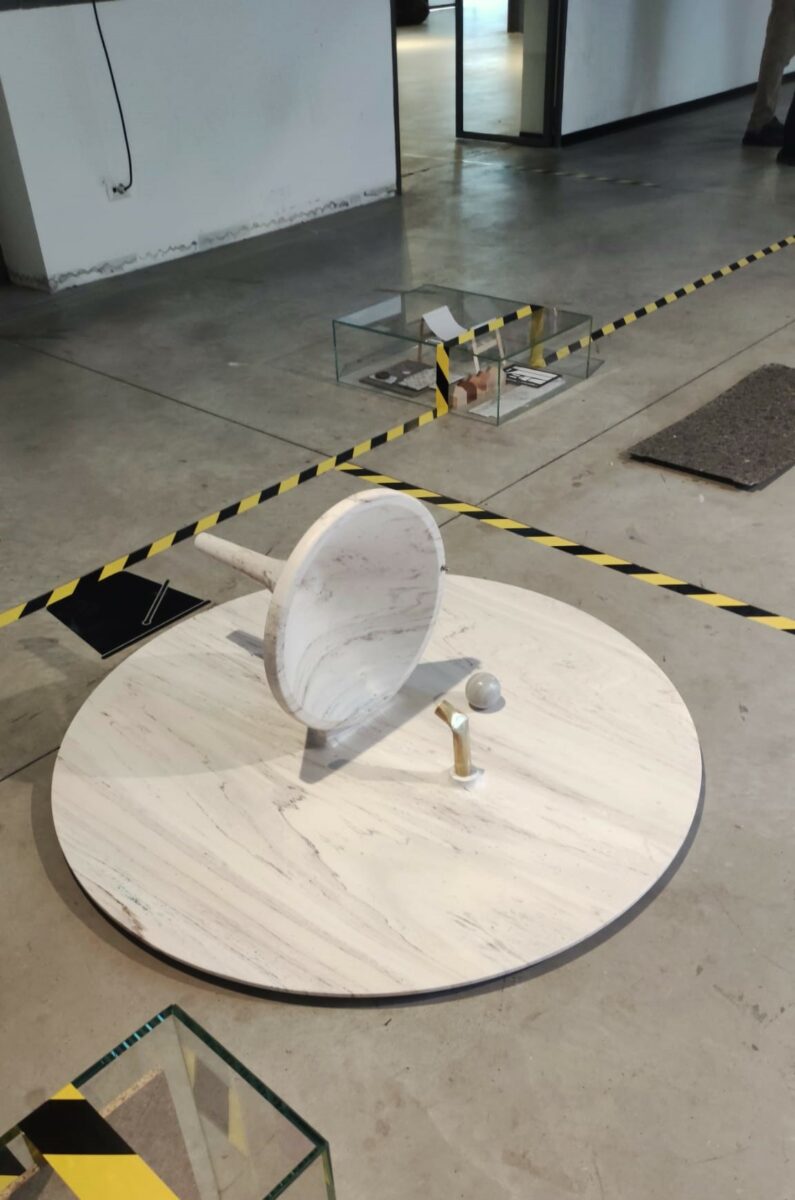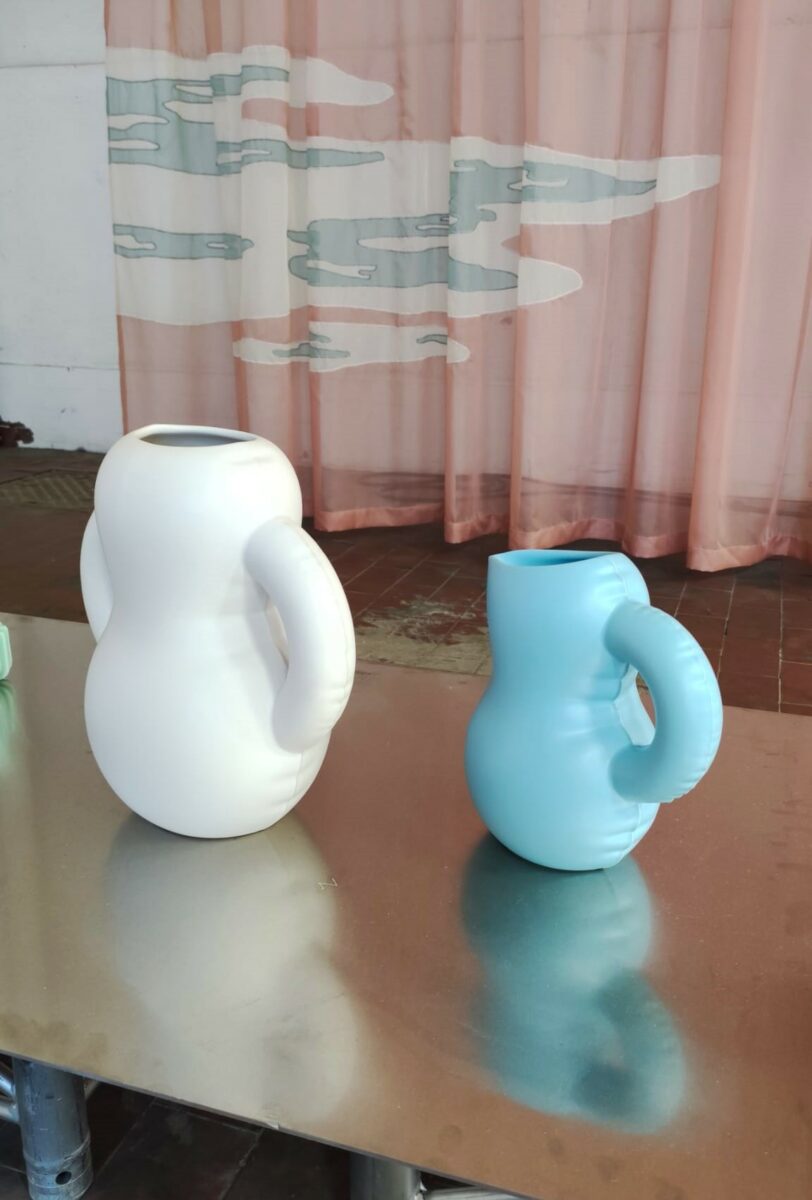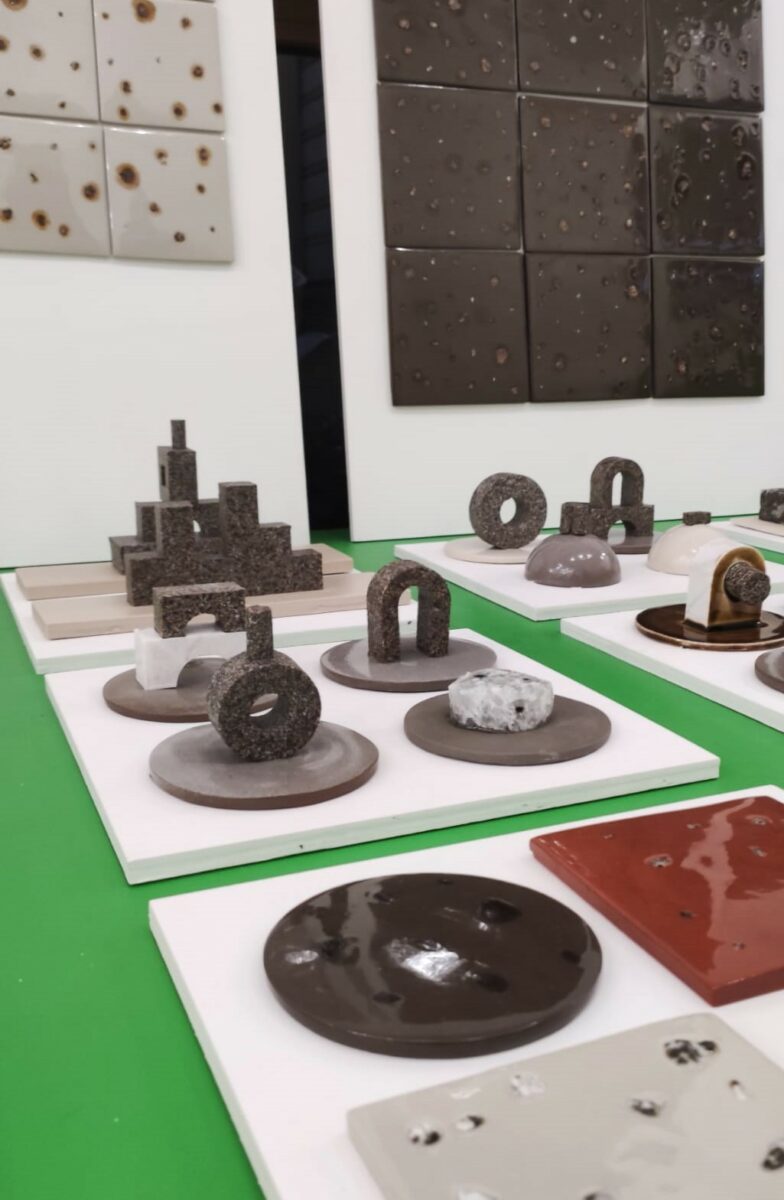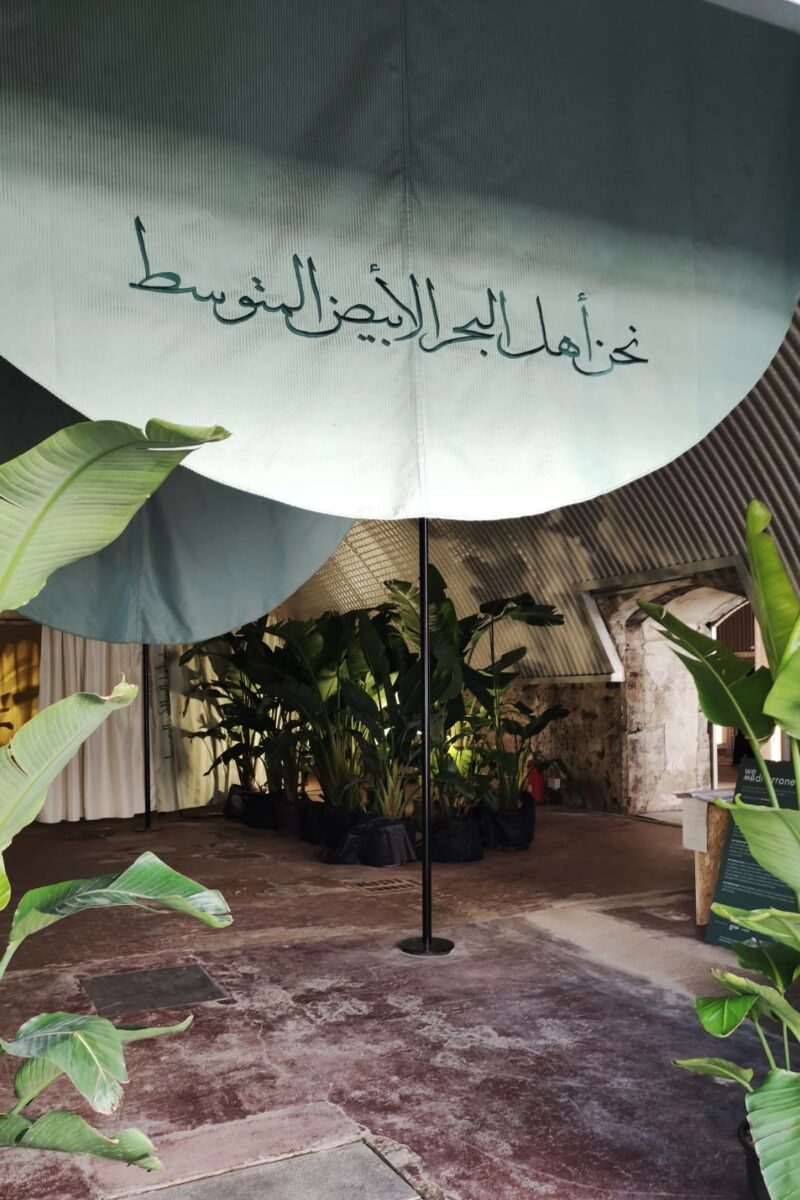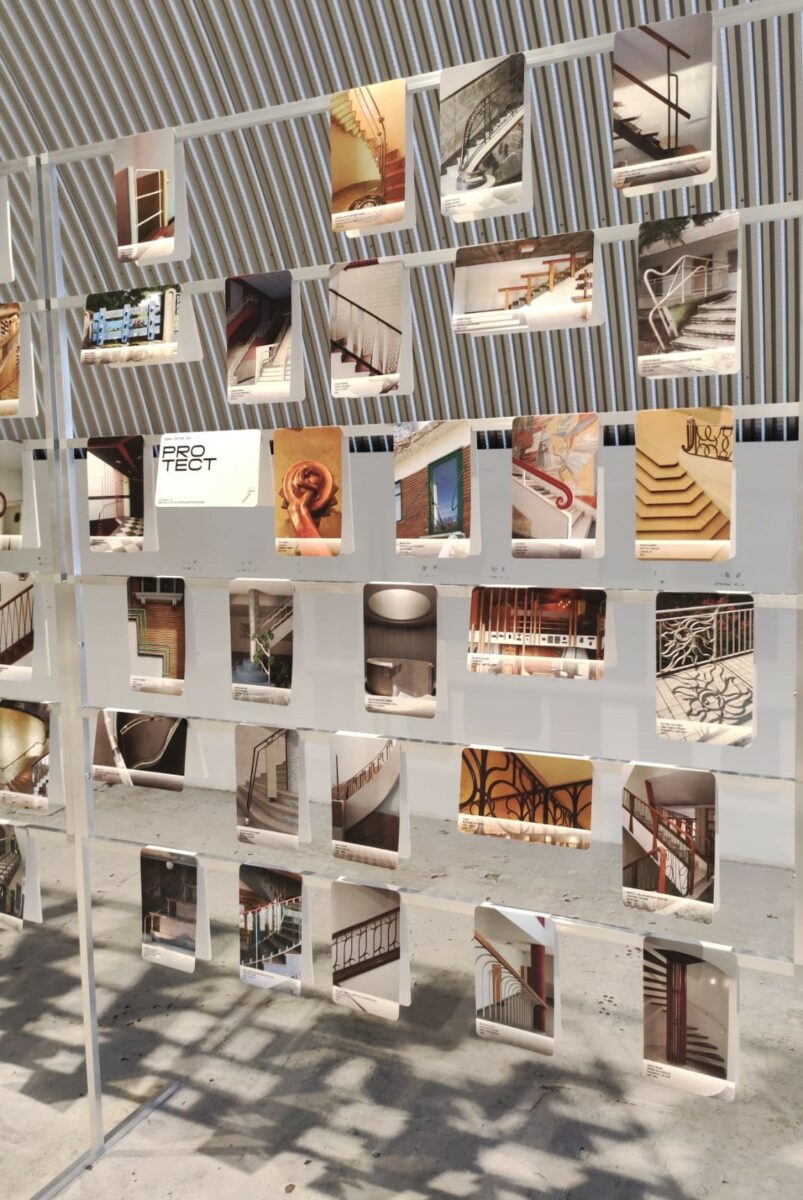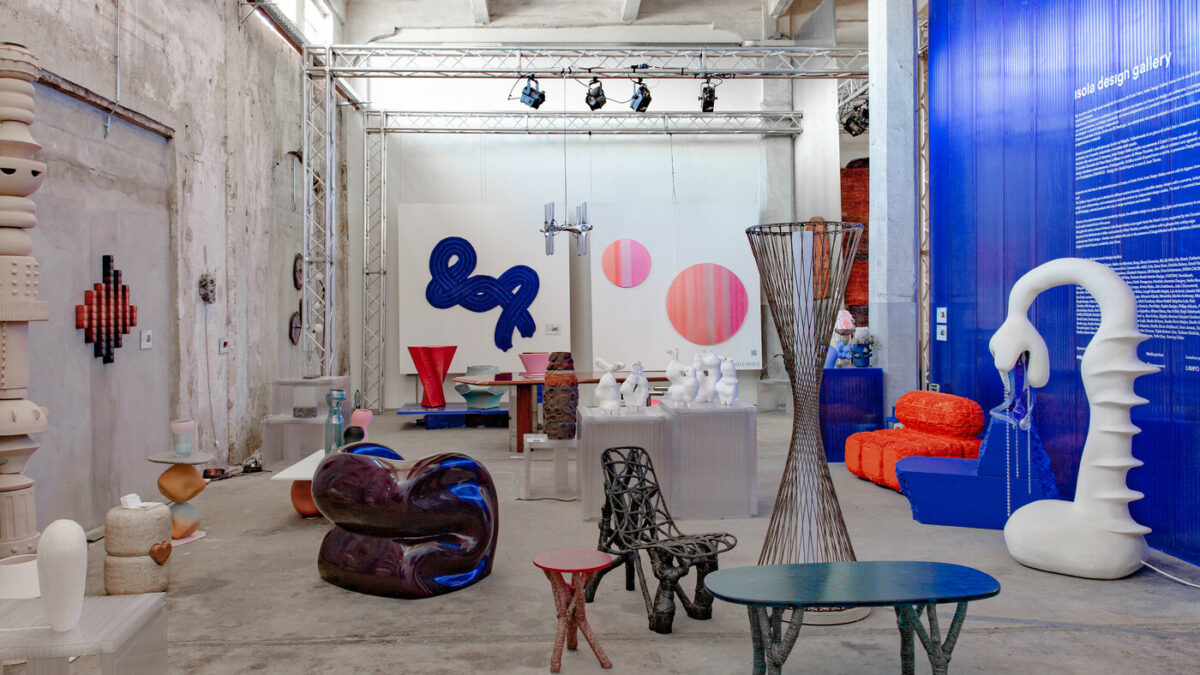
The BEST of Milano Design Week 2024
Last week we published a brief analysis of MDW 2024 and today we conclude with the best of the projects exhibited in Milan. A selection of furniture, products and exhibitions. (Cover image Isola Design Gallery, MDW 2024, ph. Anwyn Howarth)
c

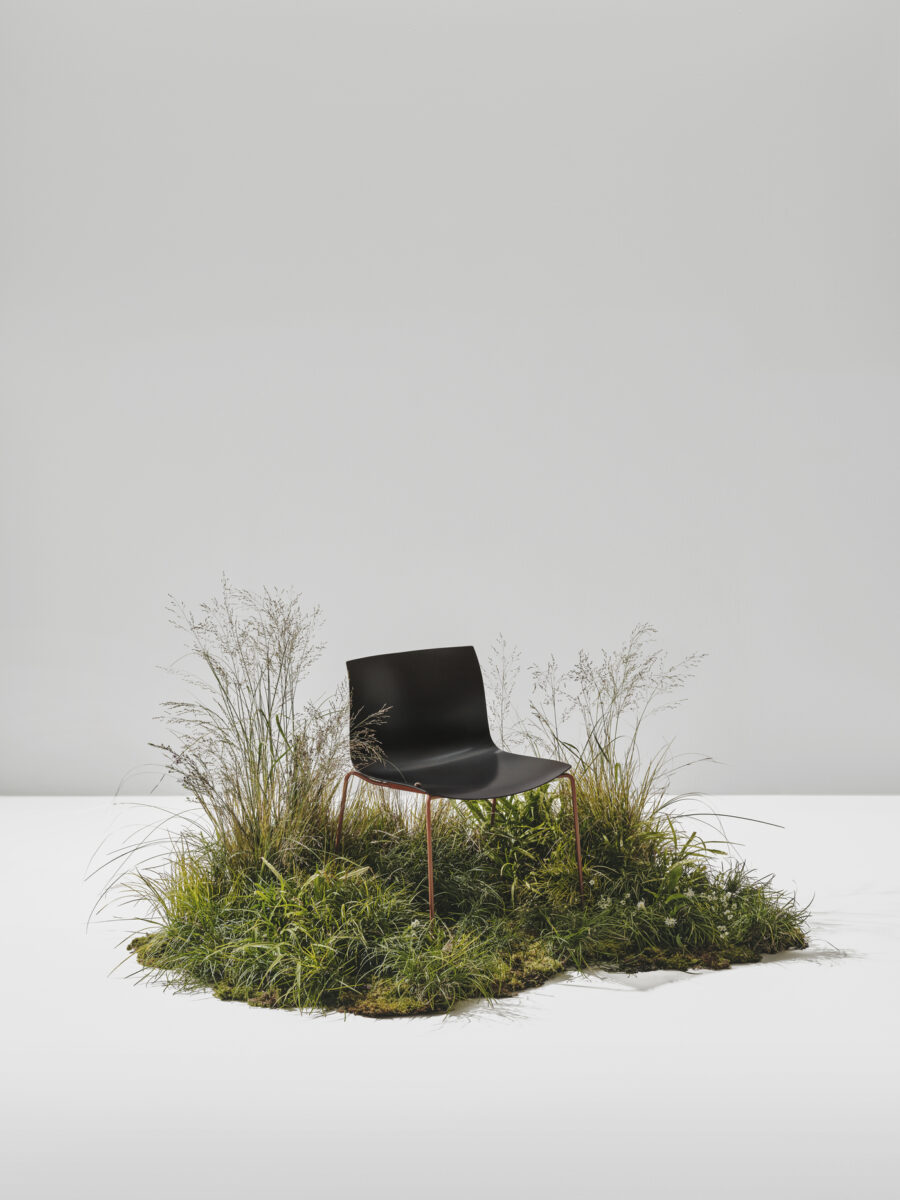
c
One of the chairs that excited us the most was a re-edition by Arper: Catifa Carta, the new version of Catifa 53, designed in 2001 by Lievore Altherr Molina. The seat features a shell made of PaperShell, a new material derived from responsible sources and the exclusive use of residues from Swedish wood production. Catifa Carta is composed of 29 sheets of paper bonded through a natural resin binder: at the end of its life cycle, the shell can be subjected to pyrolysis, a combustion process that takes place at low temperature and prevents the release of CO2. Through the latter, PaperShell is converted into biochar, a type of vegetable charcoal, composed of up to 90% carbon, which has the ability to effectively retain CO2.
Zaven, after the elegant Za:Za sofa for Zanotta (2022), looks to the sofa bed with Mate for Bolzan. The result is a product that fulfils both functions guaranteeing comfort, but also elegance for the living area. A cylindrical tubular steel frame outlines the entire perimeter, creating the support for two large upholstered elements – the backrest and seat – and two thin cushions that lie and fall along the side, forming the armrests. At the base of the sofa, an extensible comb net allows the surface to be doubled to position the upholstered elements that become a mattress. Simple, functional and suitable for all interiors.
c
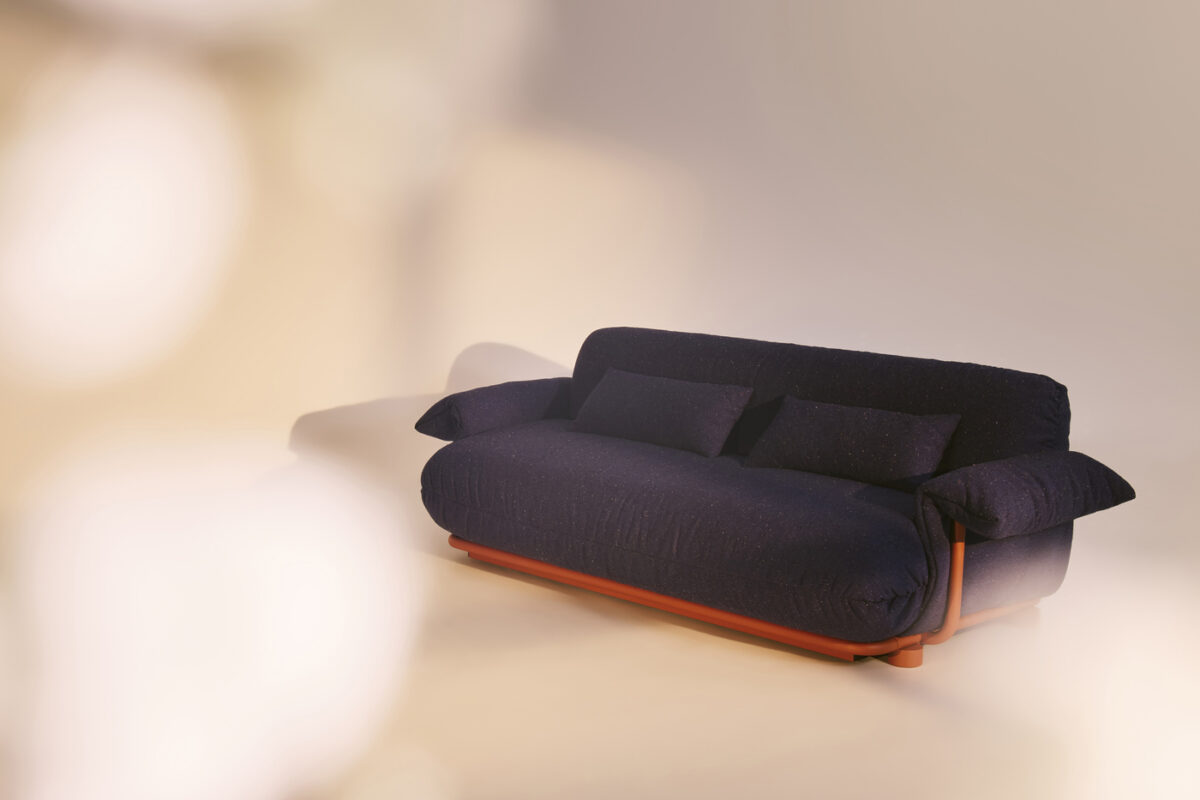

c
Lispi, among this year’s novelties, presented Velario by Giuseppe Arezzi and Serafino by Mario Scairato. Velario, named after the ancient canopies used in Roman amphitheatres to shelter spectators from the sun, features a linen curtain enriched with a geometric grid pattern in soft colours. The structure reinterprets the traditional technique of wrought iron, already present in the company’s DNA, left exposed to enhance its materiality. A bed with important dimensions that remains light and elegant, and brings the aesthetics and suggestions of life en plein air into interior spaces. Serafino, on the other hand, features an iron frame, complemented by a headboard made entirely of hand-woven wicker. The rational lines of the bed’s iron base combine gracefully with the soft, light profiles of the rattan of which the headboard is composed.
With About Marble, once again Lorenzo Damiani shows us what it means to design: not only to create new objects and furnishings but to work with the material, explore its possibilities and act ethically, surprising us with the clever use of cuts, thicknesses and joints. About Marble was an exhibition at the Fabbrica del Vapore under the banner of the essentiality, in form and content. The Foglio bench, the Boboli vases, the Ibridi series, the Doppio Pensiero washbasin, a review of marble objects and furnishings disassembled and reassembled to visualise their construction methods and process. A design (and an exhibition) that uses as few materials as possible, restoring all the strength of the design.
c

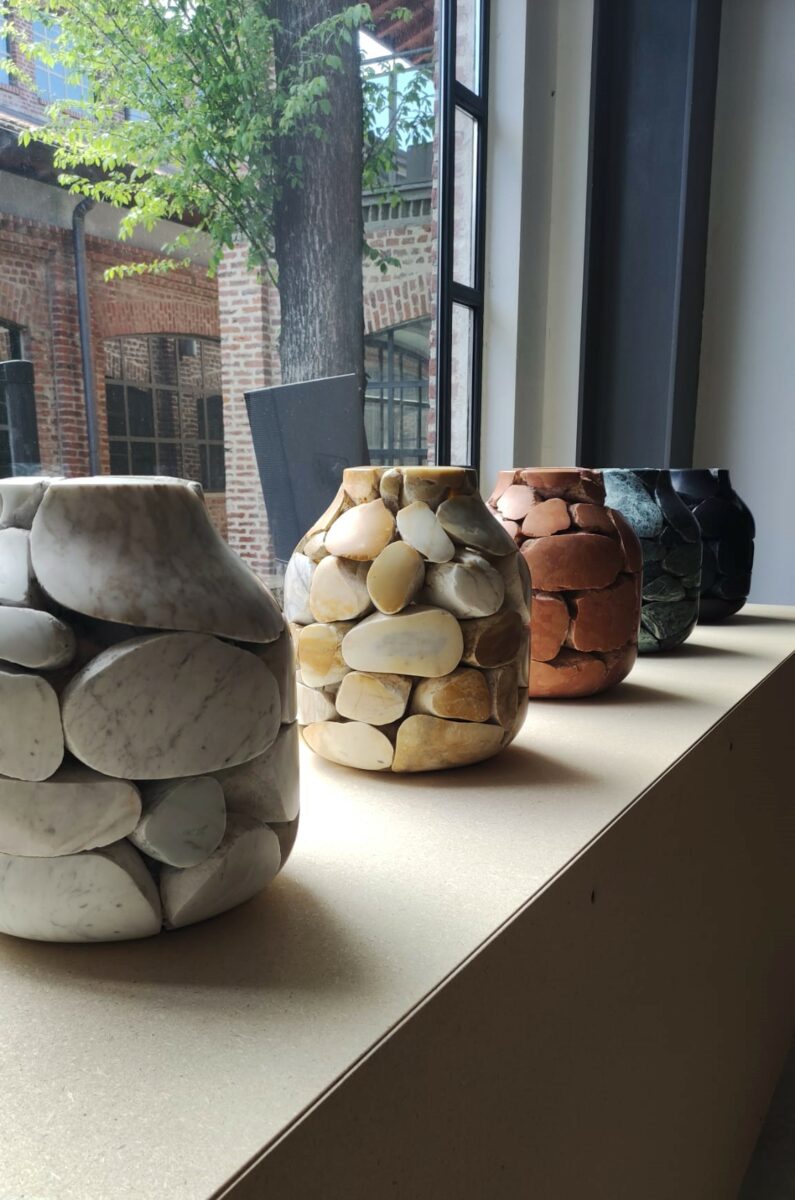
c
After almost 30 years since its closure, the Casoretto Cinema reopens at Fuorisalone 2024 for ARTESANOS Manufactura Peruana. Since its foundation, the project‘s aim has been to provide support but also to give work and dignity to disadvantaged people in Andean communities, founding real craft schools. In 2021, a process of renewal of the brand and the existing collection began by curators Luisa Bertoldo and Davide Fabio Colaci. The first new collection, presented last week, is called ADB24 and recovers and reworks some of the furnishings from the style office in Chacas (ARTESANOS Headquarters at 4000m in the Andes) and its talleres scattered throughout Peru. These furnishings are joined by the first projects of designers Maddalena Casadei, Giulio Iachetti and the Zaven duo, the first protagonists of this renovation.
Among the project updates is Stone Waste is Bliss, Agne Kucerenkaite‘s – presented a few weeks ago on WeVux and part of the Materials Design Map – new research on natural stone. In collaboration with the Lithuanian company Akmenstata, the designer is developing a series of objects and applications that combine stone waste with ceramics without using conventional synthetic solutions but developing a new innovative method.
Another update is that of Alara Ertenü Studio, already featured on WeVux with Lampunto and Packioli. Alara recently founded the start-up Naturelink Innovation with the aim of driving a change towards circularity in material and product design. Specifically, Naturelink uses agricultural maize waste to create a 100% bio-based composite designed for rigid packaging in the cosmetics and personal care sectors. The aim is to cost-effectively integrate compostability into the packaging value chain, in line with the high-volume demands of the sector.
The cutest collection of Milan Design Week 2024 is Blow Up by Home Studyo, a Ghent-based design brand founded by Mathieu Van Damme (Case Studyo) and Esther Noben (Toykyo). The brand creates playful ceramic objects for the home that aim to bridge the gap between exclusive collectible design and impersonal mass production. The result is eccentric objects and accessories that can strongly characterise interior spaces by bringing colour and even a smile.
Also worth mentioning are the Dropcity exhibitions, in particular:
- Elements: Unique Details of the 20th Century Architecture and Interior, curated by Adam Štěch and presented by Okolo Creative Collective. A journey through thousands of photographs of lamps, seats, tables, handrails, windows and decorative and functional elements celebrating the modernist idea of the Gesamtkunstwerk (German for ‘total work of art’).
- We Mediterranean, by Paola Carimati with Matilde Cassani Studio, Francesca Lanzavecchia, Sex & The City, Studio Ossidiana, Piovenefabi in collaboration with We Design Beirut. An ongoing project, free and migrant, that lives and is enriched by the experiences and encounters it matures in the places where it arrives: Milan was the first stage of a grand tour along the coasts of our sea that will help to contribute to the construction of an idea of architecture seen as a common home.
v

